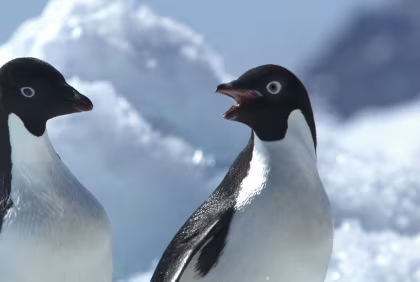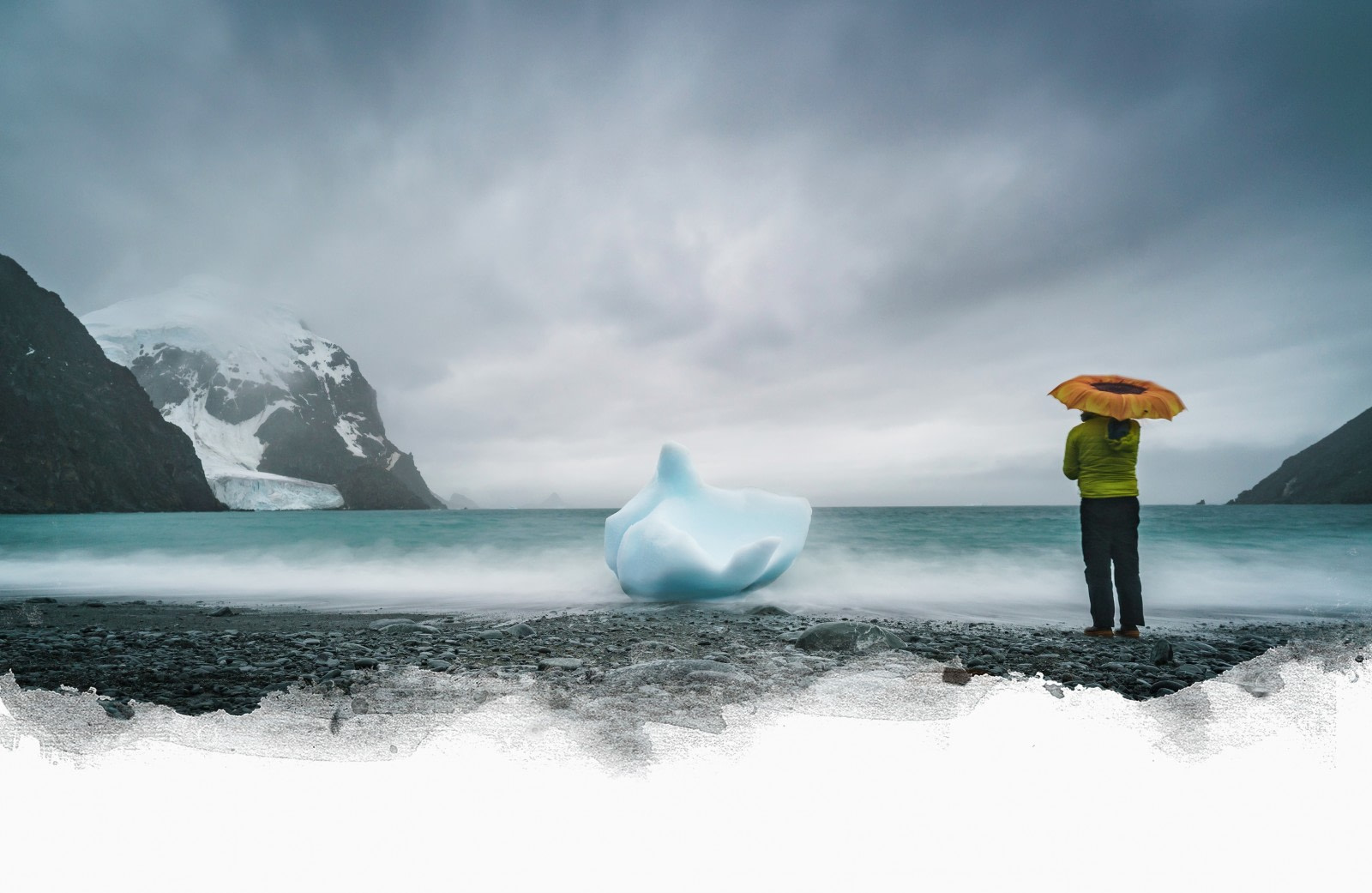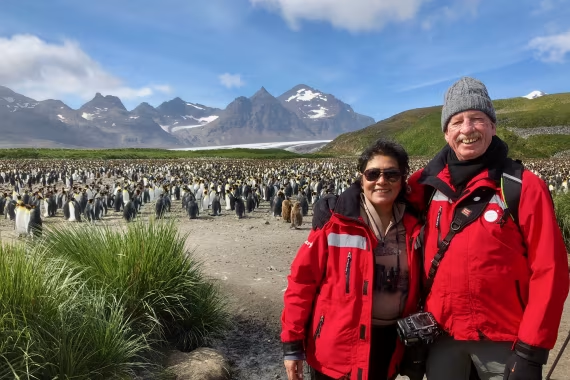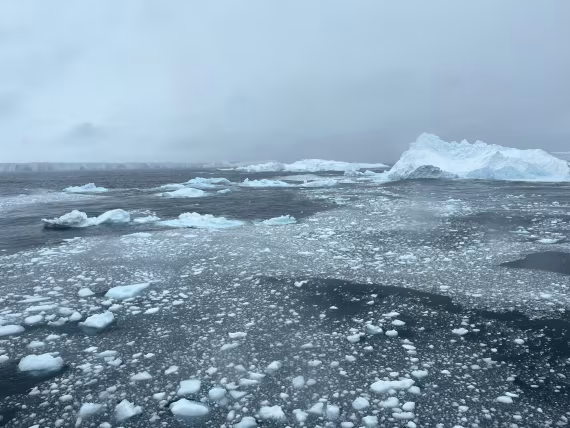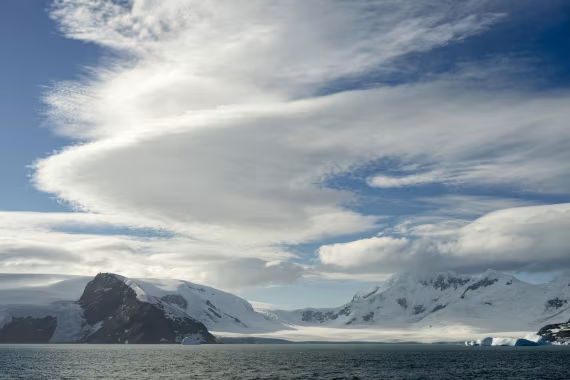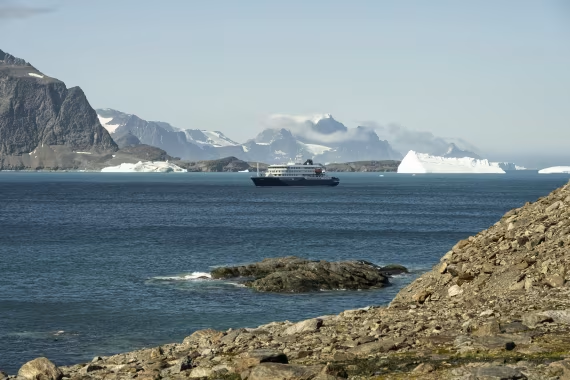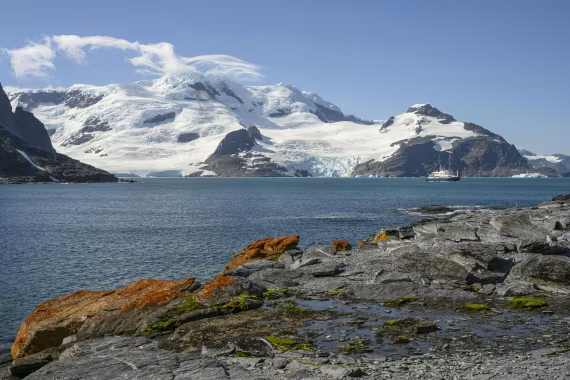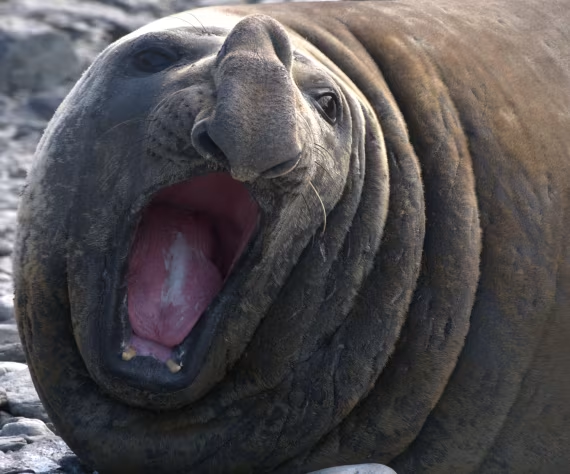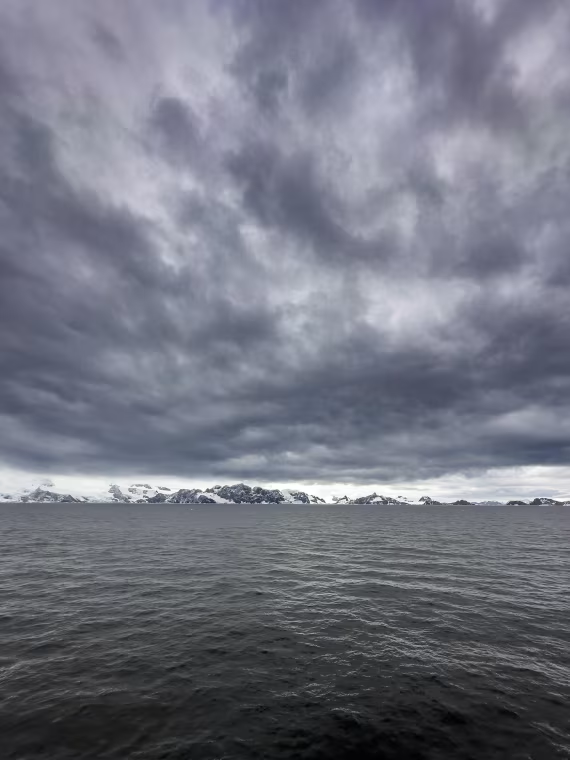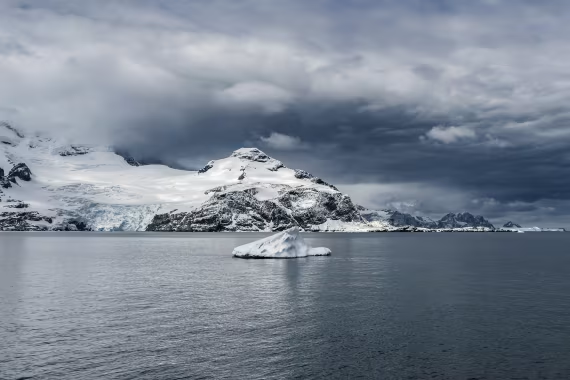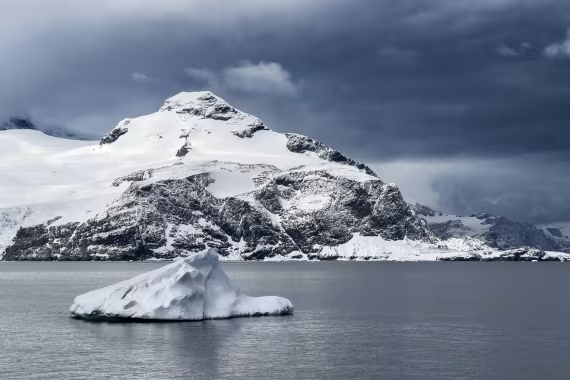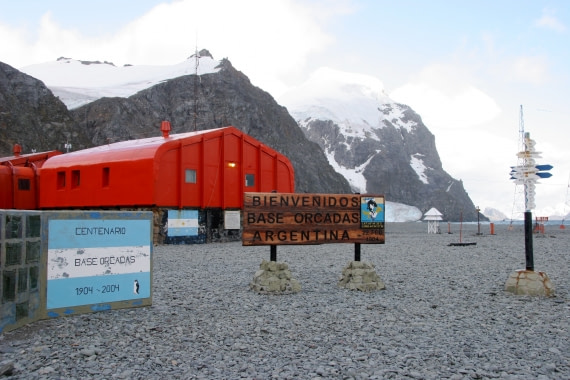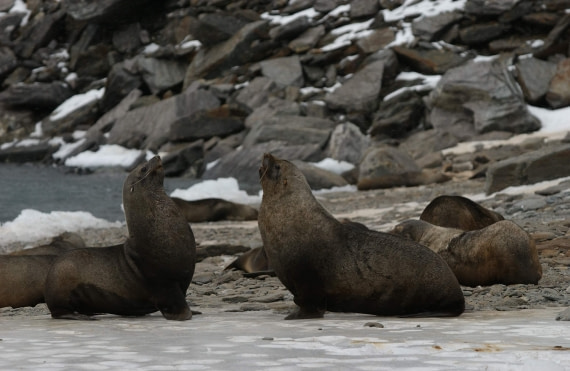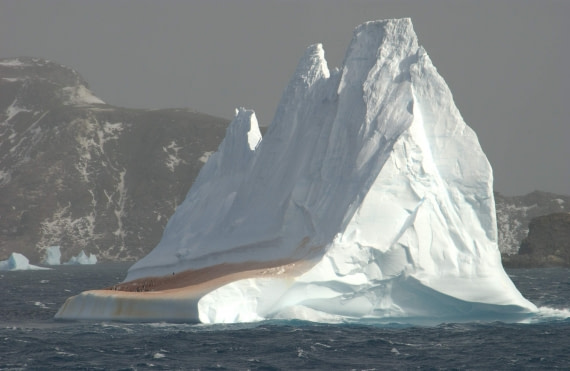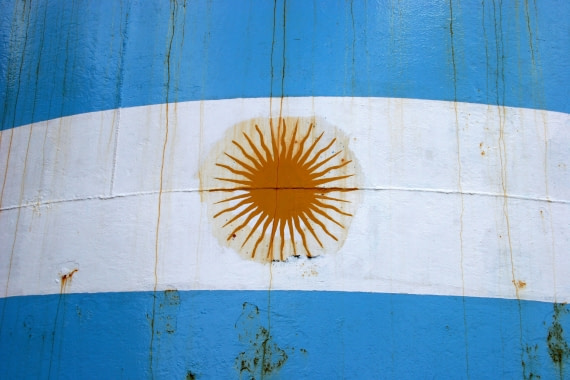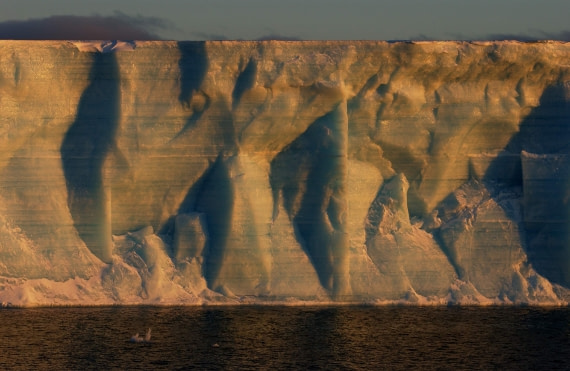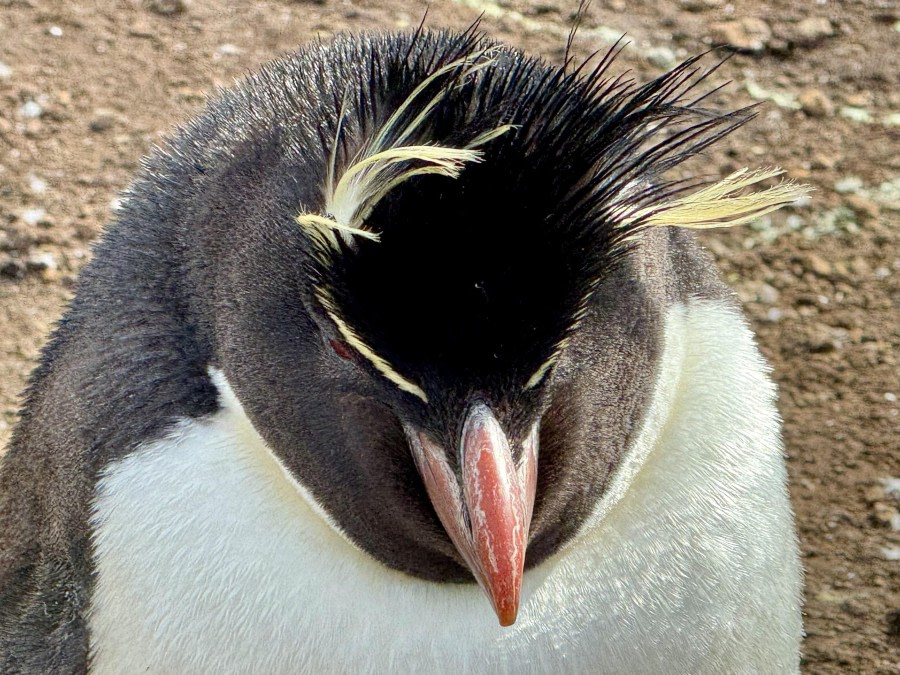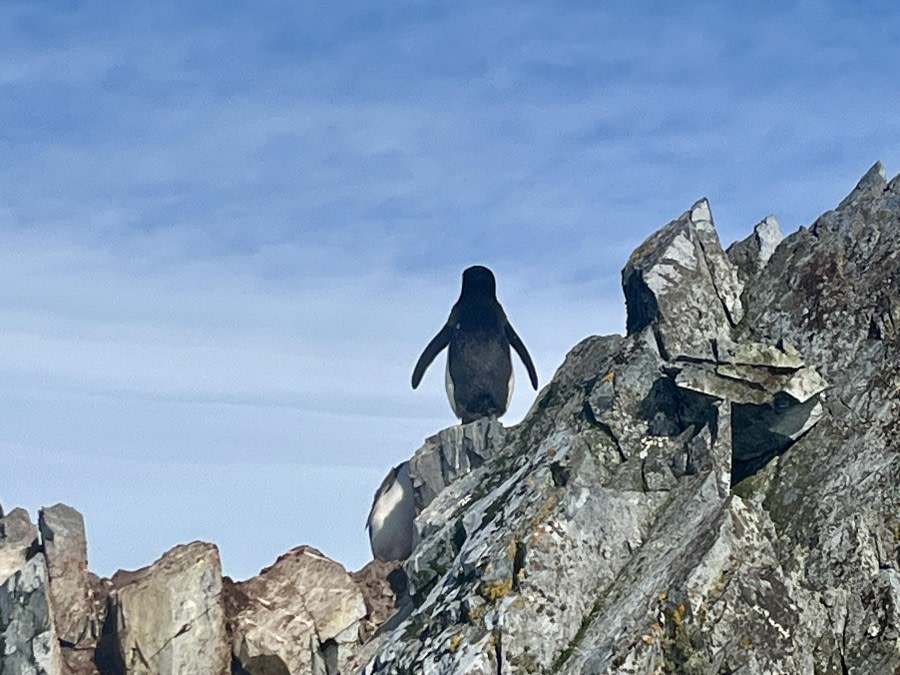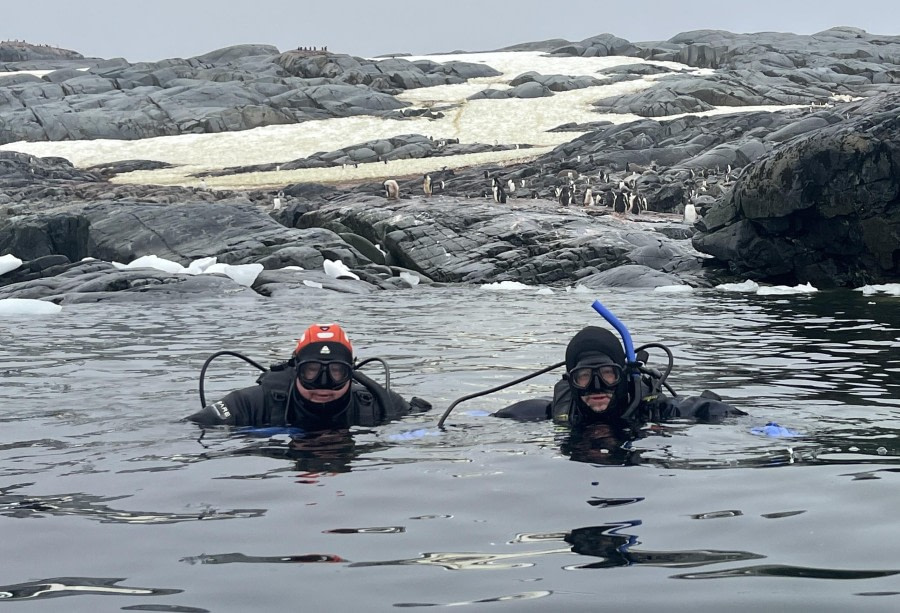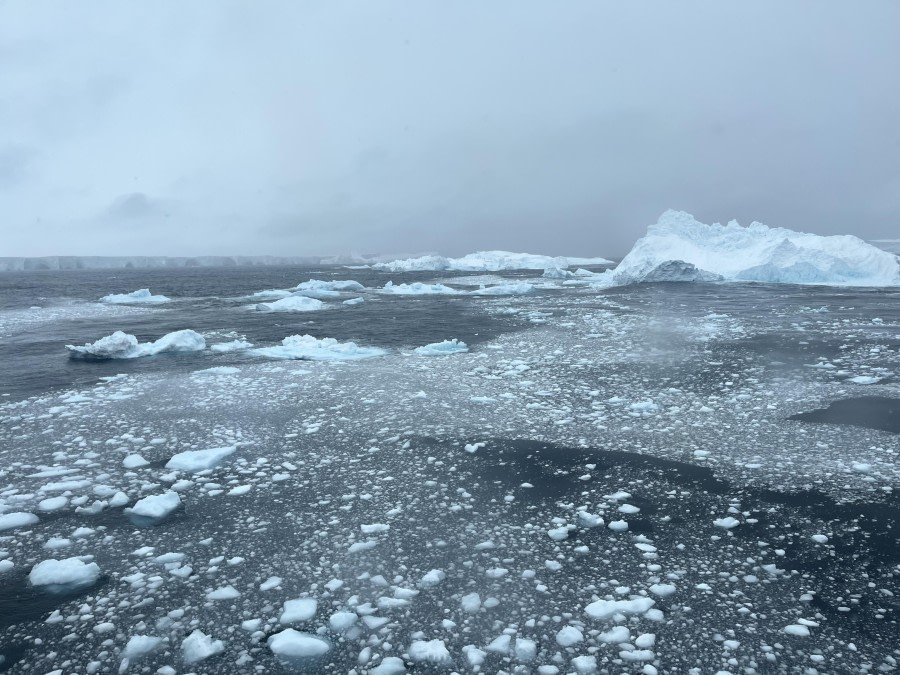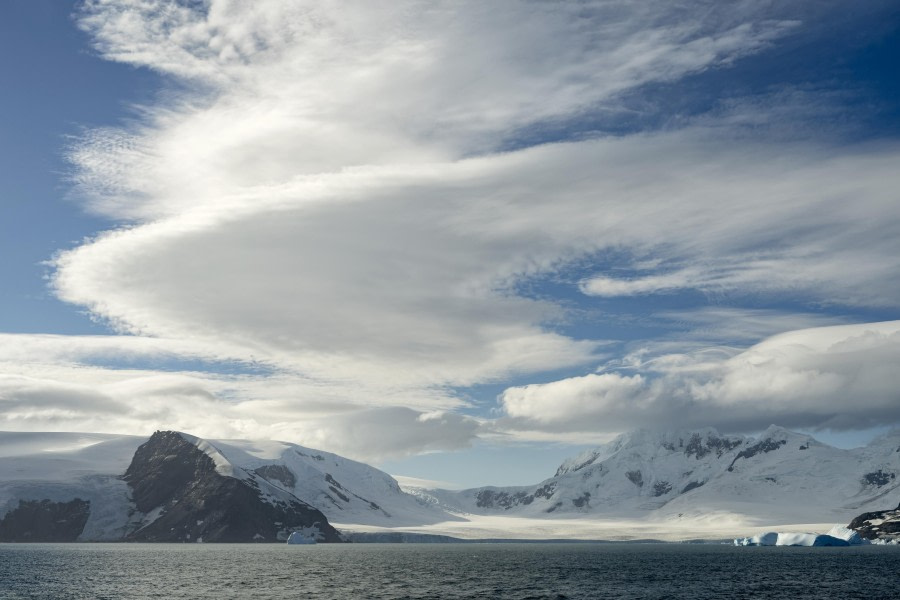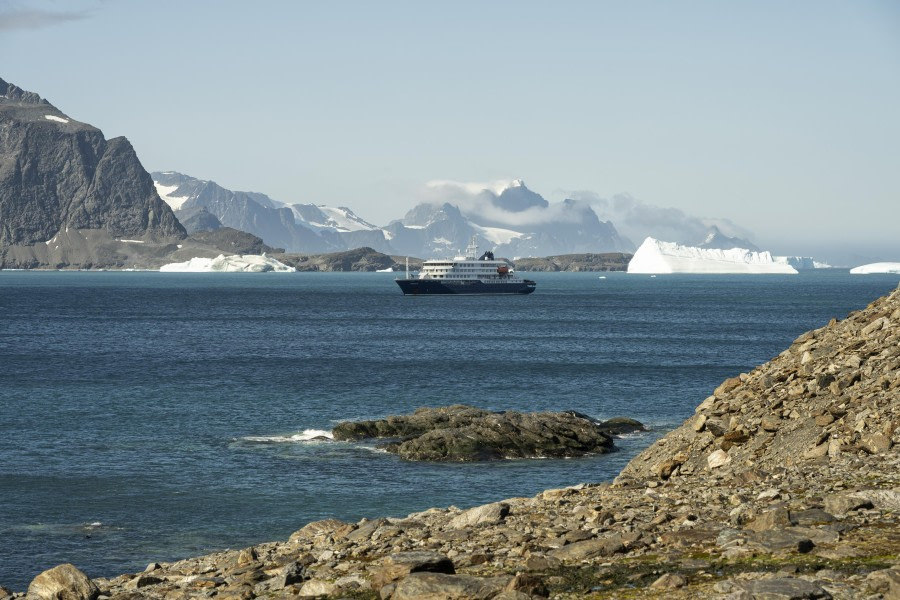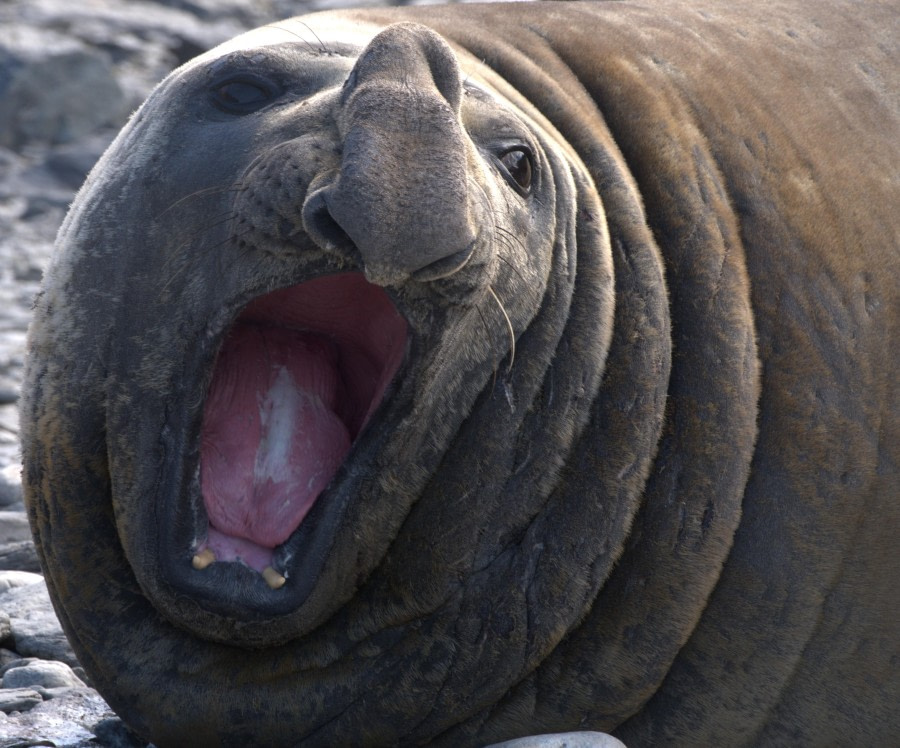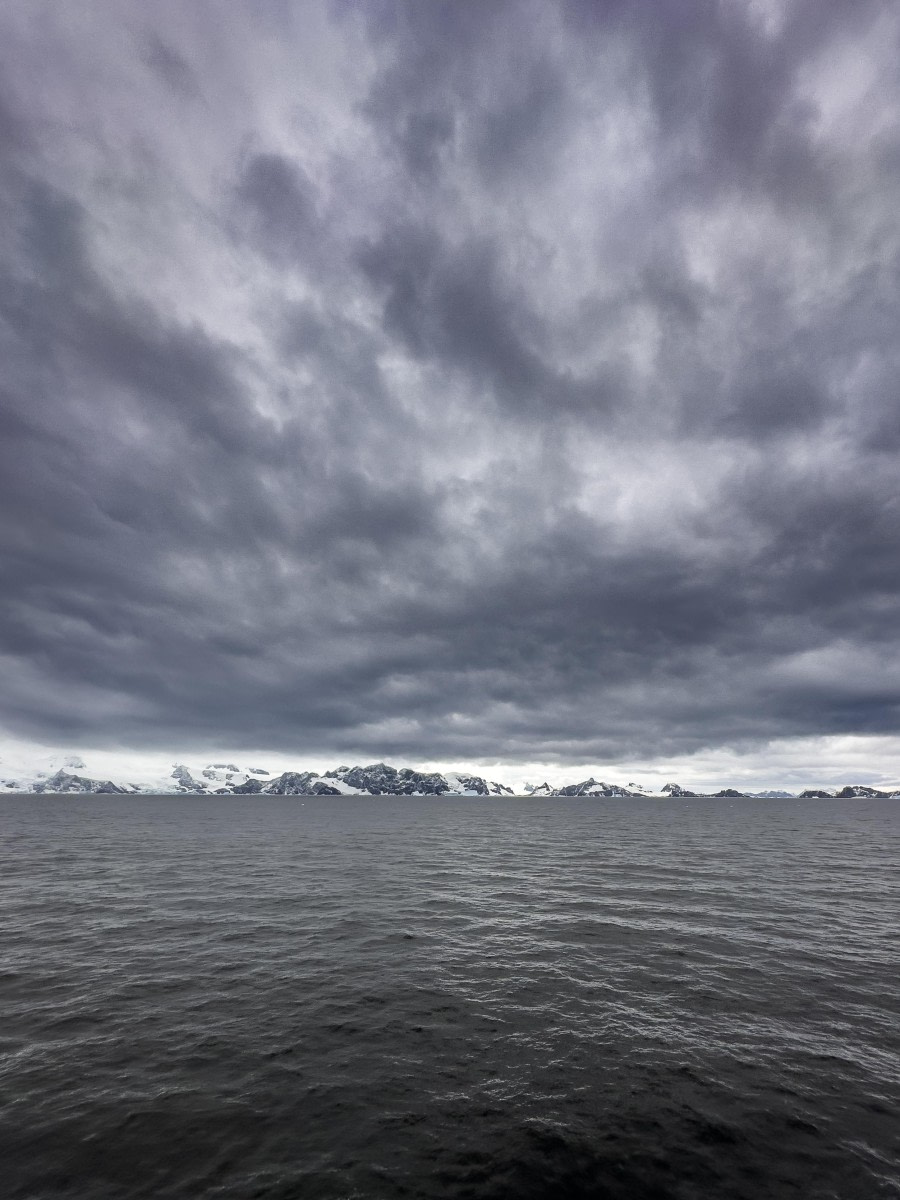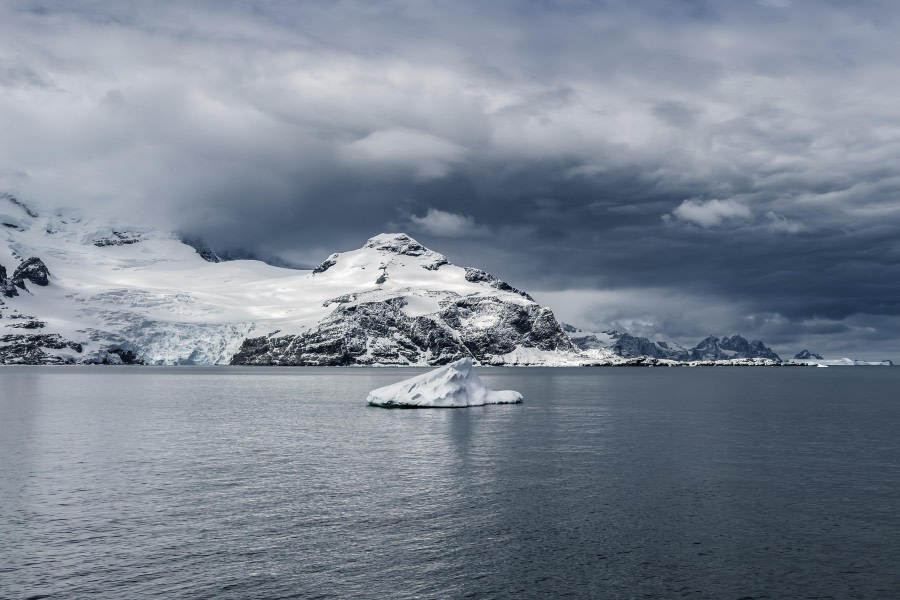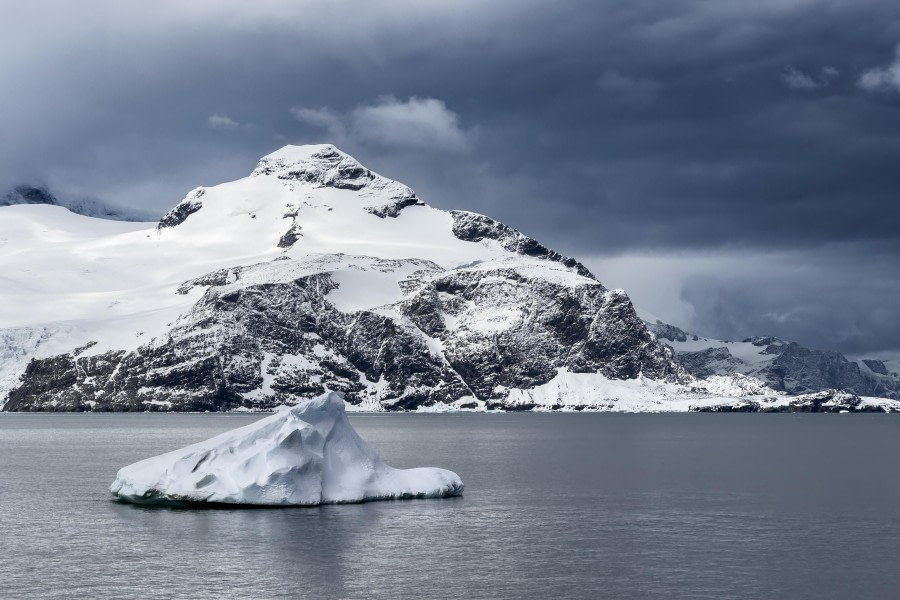Sie wurden zusammen mit den Südlichen Shetlandinseln von schottischen Robbenjägern, die die das Gebiet besuchten, nach den Inseln im Norden Schottlands benannt.
Die Inseln wurden erst im Jahre 1821 entdeckt, als sie von den britischen und amerikanischen Robbenjägern George Powell und Nathaniel Palmer gesichtet wurden. Die Inseln bestehen hauptsächlich aus Fels und Eis (zu 85% vergletschert) und besitzen nur wenig Vegetation. Argentinien und das Vereinigte Königreich besitzen Forschungsstationen auf den Inseln - die Orcadas-Station und die Signy-Station.

Derzeit haben wir keine Südliche Orkneyinseln Kreuzfahrten verfügbar.
Video
Neuester Blog und Kundenbericht

Von Stonington bis zu den südlichen Orkney-Inseln: Das Vermächtnis von Nathaniel Palmer
Nathanial Brown Palmer, auch bekannt als "Captain Nat", war ein amerikanischer Robbenfänger, Walfänger, Schiffskonstrukteur und Entdecker, dessen polares Erbe bis heute andauert. Palmer spielte eine entscheidende Rolle bei der Entdeckung und Benennung mehrerer berühmter Orte in der Antarktis, von denen Sie viele während einer Expeditionskreuzfahrt besuchen können.
Aktuelles Highlight und Tierwelt

Sehen Sie die Highlights, die Sie erleben können:
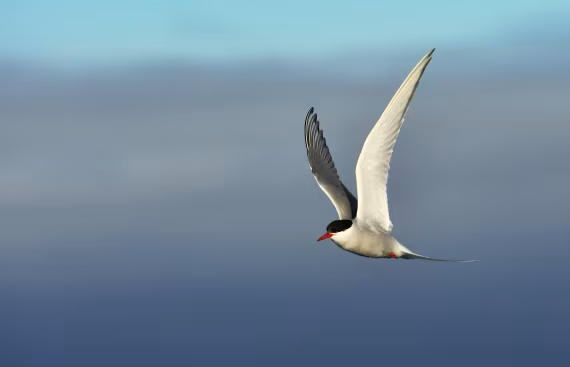
Sehen Sie die Highlights, die Sie erleben können:
Karte der Südlichen Orkneyinseln
Fan(tastic) photo
Bewertungen
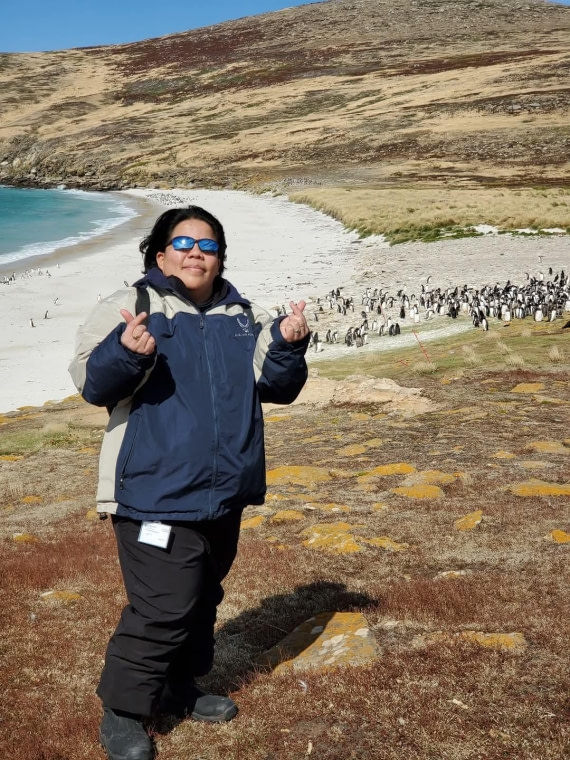
Solo travel on Hondius Feb 2025 to Falkland, South Georgia and Antarctica. Saw 7 different Penguin species. Rockhopper, Gentoo, Magellanic, Macaroni, Adelie, Chinstrap & King Penguin. Saw different Whales as well. Minke Whale, Killer Whale / Orcas, Humpback Whales. Saw different birds. Saw different Seals. Fur Seals, Crab Eater Seals, Leopard Seals, Weddell Seals. Beautiful Landscape. Expedition Team great. Crew and Staff great. Love everything about my trip. Worth the money spent. Thanks for the trip log & slideshow. Food is great. Activities great. Love the zodiac cruise and landings.
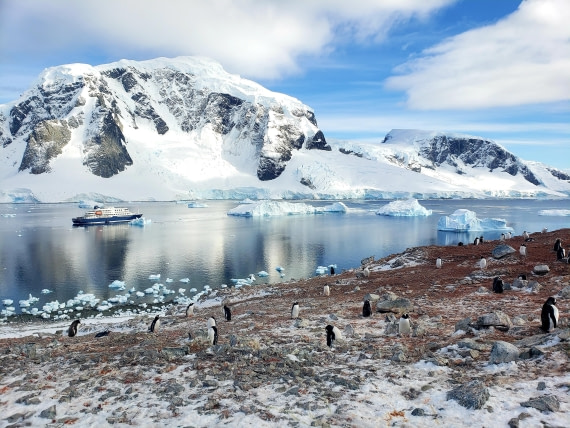
My husband and I had an amazing 23 day journey to the Falklands + South Georgia + Antarctica! A huge part of this success came from the Oceanwide team — the ability of an expedition mindset allowed the team to be flexible and keep our best interests at heart. Whether that was prioritizing the safety of crew member during a med evacuation, or hopping out on the zodiacs earlier than expected because we came across a pod of 20+ orcas (1 of the biggest highlights of the trip!), the values of the staff speak volumes to the experience we had during our voyage. On and off board we had phenomenal service and communication. Everyone was incredibly kind, patient and knowledgable in their areas of expertise. We could not imagine going with another operator and had the trip of a life time! If you’re on the fence about booking, I say go for it!!! You have to experience the magic yourself :)
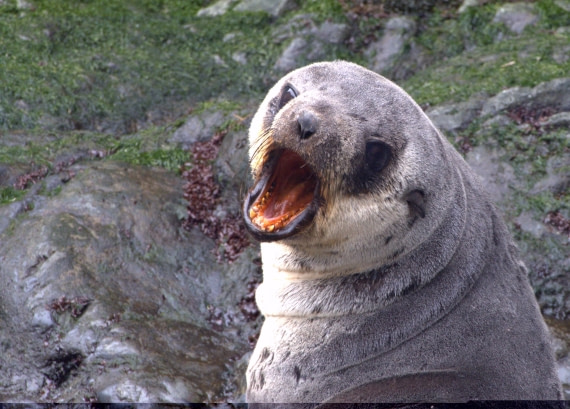
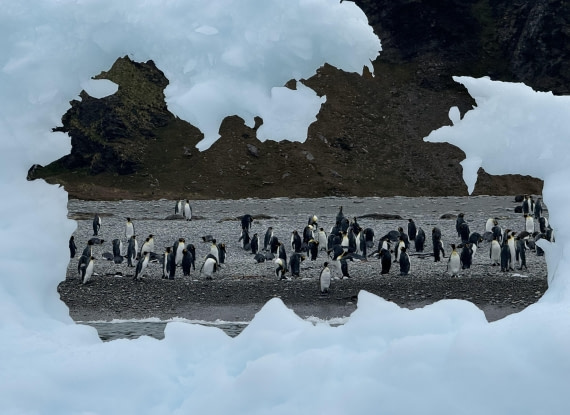







FAQ
Wie ist die Temperatur und das Wetter auf den südlichen Orkney-Inseln?
Das Klima auf den Süd-Orkney-Inseln ist typischerweise windig, nass und kalt. Der Sommer dauert von Dezember bis März, und Personen, die an einer Expeditionskreuzfahrt zu den Süd-Orkney-Inseln teilnehmen, können mit einer Durchschnittstemperatur von 3,5 Grad Celsius (38,3 Grad Fahrenheit) rechnen.
Von Ende April bis November sind die Süd-Orkney-Inseln meist nicht zugänglich, da das nahe gelegene Wasser in dieser Zeit eisbedeckt ist. Die durchschnittliche Wintertemperatur im Juli fällt auf -12,8 Grad Celsius (9 Grad Fahrenheit).
Welche Wildtiere kann ich auf den südlichen Orkney-Inseln sehen?
Vogelliebhaber kommen bei einem Besuch der Süd-Orkney-Inseln auf ihre Kosten, denn hier gibt es viele Pinguine und Seevögel. Es ist üblich, Eselspinguine, Adeliepinguine und Zügelpinguine zu sehen, aber auch Schneesturmvögel, Pintado-Sturmvögel, Kelp-Möwen, Sheathbills, antarktische Krähenscharben, Seeschwalben und Skuas. In den umliegenden Gewässern tummeln sich auch viele Robben, vor allem die antarktischen Pelzrobben im Spätsommer.
Wem gehören die südlichen Orkney-Inseln?
Die Süd-Orkney-Inseln sind Teil des Antarktis-Vertragssystems, was bedeutet, dass sie technisch gesehen keinem Land gehören. Allerdings haben sowohl Argentinien als auch das Vereinigte Königreich in der Vergangenheit Ansprüche auf diese Inseln erhoben. Die Region wurde erstmals 1821 von britischen und amerikanischen Seefahrern entdeckt, und die erste Wetterstation wurde 1903 von der Schottischen Nationalen Antarktis-Expedition auf den Süd-Orkney-Inseln eingerichtet. Die Station wurde später von den Argentiniern übernommen (Orcadas Station) und ist heute der Ort der am längsten bestehenden wissenschaftlichen Station in der Antarktis.
Welche einzigartigen Merkmale haben die südlichen Orkneyinseln?
Auf Coronation Island befindet sich mit dem Mount Nivea der höchste Punkt der Region. Er liegt auf dem Sunshine Glacier und ist 1.265 Meter (4.050 Fuß) hoch. Zusammen mit dem hohen Anteil an Gletschern und der vielfältigen Mischung aus Seevögeln und Pinguinen macht dies die Süd-Orkney-Inseln zu einem attraktiven Ziel für Entdecker und Abenteurer, die ein einmaliges Erlebnis suchen. Die Gegend um die Inseln ist oft mit massiven Eisbergen übersät, was eine Kreuzfahrt dorthin zu einem großartigen Erlebnis macht.
Welche Ausrüstung wird benötigt, um Fotos von der Sonnenfinsternis zu machen, und müssen die Passagiere diese Ausrüstung selbst mitbringen?
Über die Südlichen Orkneyinseln
Wetter auf den Südlichen Orkneyinseln
Das Klima, das Sie auf Ihrer Expedition zu den Südlichen Orkneyinseln erleben werden, ist insgesamt kalt, nass und meist recht windig. Im Sommer (Dezember bis März) liegen die Temperaturen knapp über 0 °C.
Im Winter (etwa im Juli) sinkt die Durchschnittstemperatur auf etwa -10 °C.
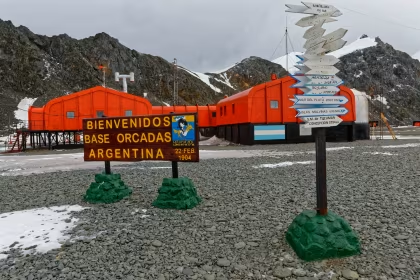
Fakten über die Südlichen Orkneyinseln
- Die Südlichen Orkneyinseln liegen etwa 600 Kilometer nordöstlich der Antarktischen Halbinsel.
- Die einzigen Bewohner sind die Menschen, die in einer der beiden Forschungsstationen (eine britische und eine argentinische) arbeiten.
- Trotz der Kälte der Region gibt es auf den Südlichen Orkneyinseln einige Pflanzen – Algen, Flechten und Moose.
- Die Südlichen Orkneyinseln gelten als Archipel (Inselkette). Es gibt vier Hauptinseln – Coronation Island, Laurie Island, Powell Island und Signy Island. Der Rest des Archipels besteht aus kleineren Inseln wie den Saddle Islands und den Robertson Islands.
- Almost 90% of the South Orkney Islands surface area is covered in glaciers.
- Fast 90 % der Fläche der Südlichen Orkneyinseln sind von Gletschern bedeckt. Die Südlichen Orkneyinseln wurden ursprünglich „Powell's Group” genannt, nach George Powell, einem britischen Robbenjäger, der sich dem Amerikaner Nathaniel Brown Palmer anschloss, der sie 1821 entdeckte.
- Die älteste noch bestehende Forschungsstation in der gesamten Antarktisregion wurde 1903 vom schottischen Ozeanographen William Speirs Bruce auf Laurie Island gegründet. Er verkaufte die Station 1904 an Argentinien. Die Orcadas-Station ist noch heute in Betrieb.
Reise zu den Südlichen Orkneyinseln
Eine Reise zu den Südlichen Orkneyinseln führt Sie ins Herz eines der weltweit wichtigsten Brutgebiete für Adéliepinguine und Zügelpinguine. Ihre Expedition zu den Südlichen Orkneyinseln bietet Ihnen die Möglichkeit, unglaubliche Vogelbeobachtungen zu machen, verschiedene Robbenarten zu begrüßen und Freundschaft mit den lokalen Pinguinpopulationen zu schließen.
